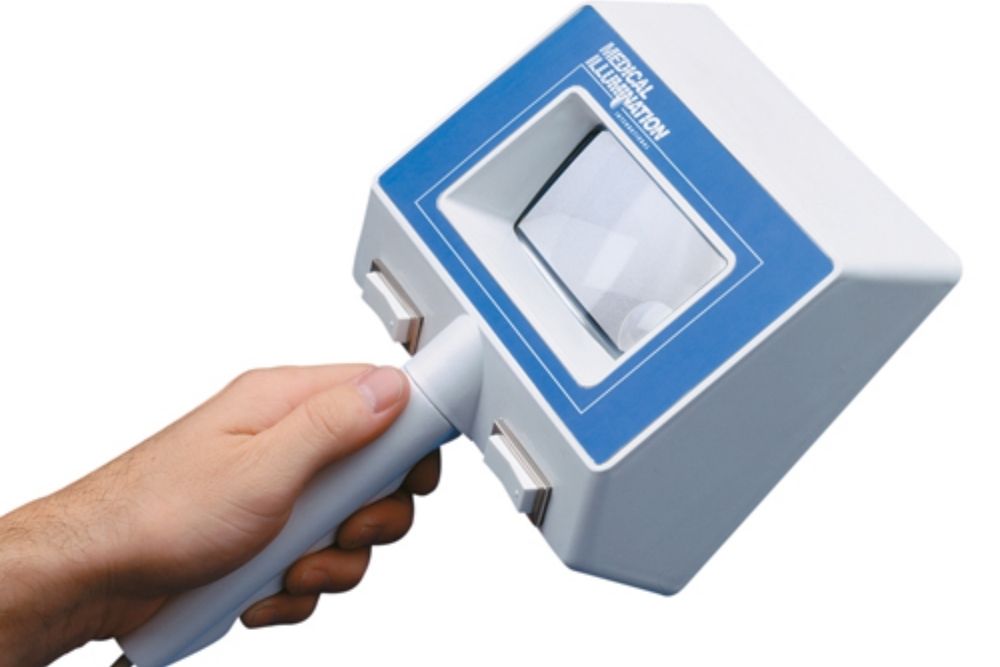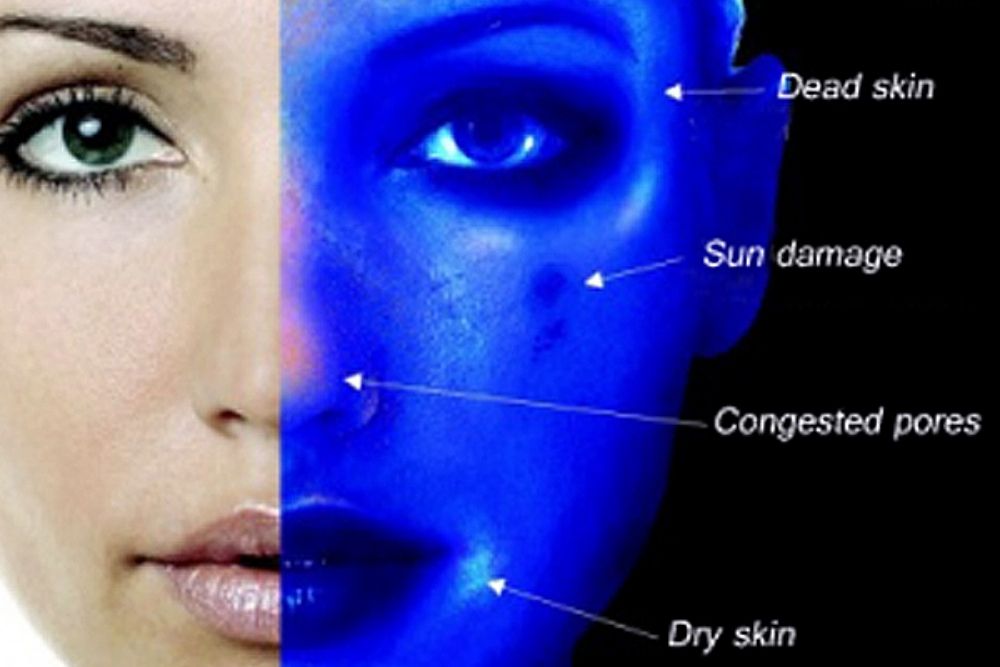Wood’s lamp examination is also known as the black light test or ultraviolet light test. The name itself defines what type of test it is, it uses ultraviolet (UV) light or transillumination to look at the skin. This procedure is used to detect skin infections that can be either bacterial or fungal.
Skin irregularities and disorders such as vitiligo can be detected with wood’s lamp examination. This procedure is performed in a dark room and uses a small device that flashes black light in your skin.
The skin that is affected by certain bacteria or fungi will cause a change of pigmentation on the skin under the light. Wood’s lamp examination can diagnose conditions such as tinea capitis, pityriasis versicolor, vitiligo, melasma, erythrasma, and Malassezia folliculitis.
Corneal abrasion on your eye can be determined by this procedure. It is done by applying fluorescein solution and using the light of Wood’s lamp to shine over the affected area. The scratches and abrasions present on the surface of the eye will glow when the light is shined over it.
The procedure has no risks because the black light that is being radiated in Wood’s lamp is harmless.

Cautions About This Test
There are precautions before the test, it is important to follow this carefully. Washing the area before the procedure is forbidden as well as using makeup, perfume, and deodorant. Doing this may affect the result of the test because change can occur in the skin under the light due to some ingredients of the products.
With this examination, there is no need for any facility because it is done in the office of your dermatologist or doctor. The procedure is very simple and it does not consume a lot of time.
The patient will be asked by the doctor to remove clothing in the area that will be examined. The room must be darkened because the examination will be under the light using Wood’s lamp.

Explanation of the Results
The color of the light in the Wood’s lamp is purple and violet. If the result is normal, there would be no fluorescence of spots under the light.
Under the ultraviolet light, there will be a change in the color of your skin if there is bacteria or fungi. There are different reasons such as not dark enough room and cosmetics can cause a false positive or false negative.
It is important to take note that not all fungal and bacterial infections can be detected by Wood’s lamp. Several laboratory tests and exams are needed to make a diagnosis.



